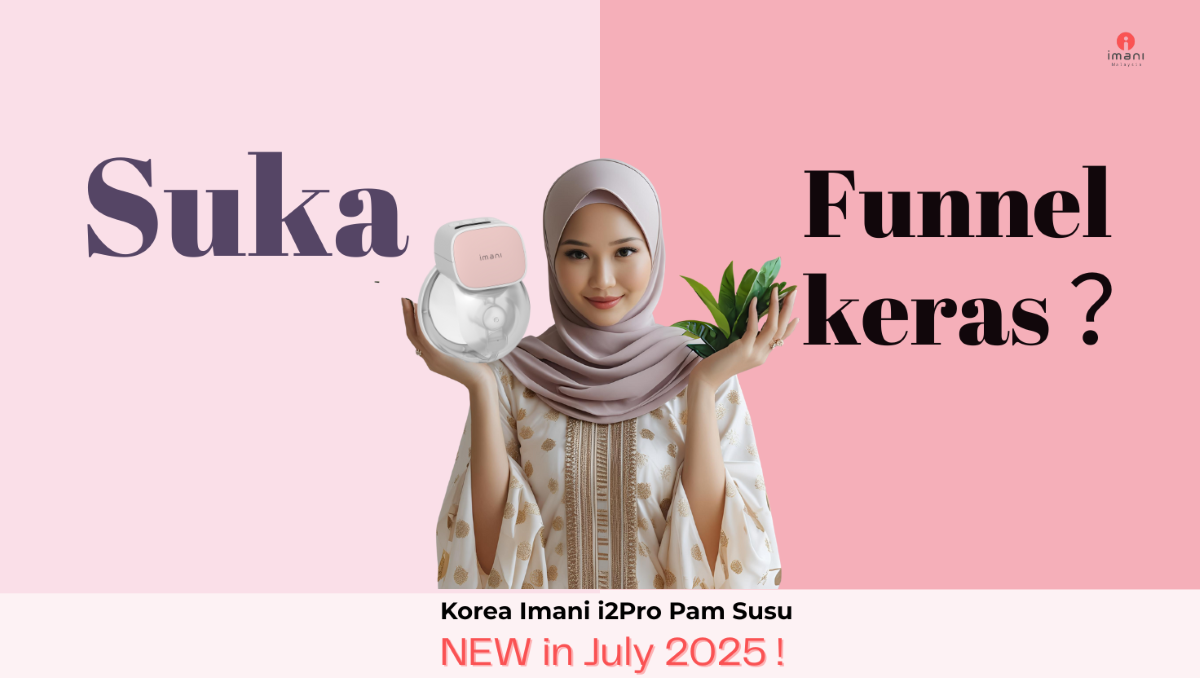Text/Photo: Dr Blue, Founder of J&J Baby, Educational Psychology, Lactation Counselor, Former Chemist
Breastfeeding is a beautiful journey, but sometimes, both mother and baby face unexpected challenges — one of which is thrush. Thrush is a common fungal infection that can affect a baby’s mouth and a mother’s nipples or areola. It can be stubborn, painful, and confusing if you're not sure what's going on. Let’s break it down clearly and professionally, so you know what to watch for, how to treat it, and how to protect yourself and your baby.
What Is Thrush?
Thrush is a fungal infection caused by Candida albicans, a type of yeast that naturally lives on the skin, in the mouth, digestive tract, and vagina. While usually harmless, this yeast can multiply rapidly and cause an infection when the natural balance of bacteria and yeast is disrupted.
In babies, thrush often appears in the mouth, and in breastfeeding mothers, it can infect the nipples or areola — making breastfeeding uncomfortable or even painful.
What Does Thrush Look Like?
In Babies:
White patches or coating on the tongue, gums, inner cheeks, or roof of the mouth (looks like milk, but can’t be wiped off easily)
Fussiness or reluctance to feed
Diaper rash (yeast infections can spread)
In Mothers:
Itchy, burning, or painful nipples during or after breastfeeding
Shiny, flaky, or cracked nipples
Deep shooting breast pain (even between feeds)
Sudden nipple pain after weeks of pain-free nursing
If you or your baby are experiencing these symptoms, it’s important to seek treatment quickly to avoid back-and-forth re-infection.
Can Thrush Spread Between Mum and Baby?
Yes — absolutely! Thrush can spread from baby to mum and from mum to baby during breastfeeding.
Here’s how the cycle works:
Baby has oral thrush → Latches onto breast → Yeast transfers to nipple.
Mum has nipple thrush → Breastfeeds baby → Yeast transfers into baby’s mouth.
This creates a vicious cycle of reinfection, which is why it’s critical to treat both mother and baby at the same time, even if only one is showing symptoms.
You’re at higher risk of passing thrush if:
Nipples are cracked, sore, or damaged
You're using moist or non-breathable breast pads
You or baby have taken antibiotics recently
🛑 Pro tip: If your baby has thrush, don’t wait until your nipples are in agony. Treat both of you, and sanitize anything that comes into contact with your breasts or baby’s mouth — including pacifiers, bottles, and pump parts.
How Is Thrush Caused?
Several factors can increase the risk of thrush for both baby and mother:
For Baby:
Immature immune system (especially in newborns)
Recent use of antibiotics (kills off good bacteria that normally keep yeast in check)
Poor latch or oral imbalance from bottle or pacifier overuse
For Mum:
Cracked nipples (provides entry for yeast)
Use of antibiotics or corticosteroids
High sugar diet (feeds yeast)
Previous vaginal yeast infections
Wearing breast pads that trap moisture and warmth — ideal for yeast to thrive
Candida thrives in warm, moist, dark environments — which makes the baby’s mouth and the mother’s breast ideal locations.
How to Treat Thrush (for Baby and Mum)
Treating thrush involves treating both mother and baby at the same time, even if only one shows symptoms. Otherwise, you risk passing the infection back and forth.
For Baby:
Antifungal oral gel or drops (e.g., Nystatin or Miconazole) prescribed by a doctor
Gentle oral hygiene (clean pacifiers, teething rings, and bottles after every use)
If baby uses a pacifier or bottle, boil daily to kill yeast
For Mum:
Antifungal cream (e.g., Miconazole or Clotrimazole) on the nipples after feeds
Oral antifungal medication if topical treatments don’t work or if there’s deeper breast pain (prescribed by a doctor)
Wash hands frequently and sanitize breast pump parts (see note below)
Avoid breast pads that hold moisture — use breathable, washable options
🔍 Important Note for Pumping Mums:
All breast pump parts that come into contact with milk (flanges, valves, bottles, etc.) must be washed and fully dried after every use. Moist parts stored in airtight containers can become breeding grounds for yeast and bacteria. If you’re using Imani wearable breast pumps, ensure each component is disassembled, cleaned with warm soapy water, and air-dried thoroughly. UV or steam sterilizers are optional but must be used properly to avoid damaging the parts.
⚠️ More tips for pumping mums using Imani pumps:
Disinfect all parts after every use, especially if thrush is suspected.
Avoid storing moist parts in closed containers.
Replace accessories regularly due to wear and tear — not only for hygiene concerns, but also to optimize breast pump performance. This helps protect both mother and baby from potential thrush infections.
Sterilize with boiling water, or use only MDA-registered sterilizers for added safety, and follow manufacturer instructions carefully.
If you're dealing with recurrent thrush, switch to disposable milk bags instead of reusable bottles for a while.
Can You Still Breastfeed with Thrush?
Yes — in most cases, you can and should continue breastfeeding while treating thrush. It may be painful, but stopping breastfeeding can lead to engorgement or loss of supply, and won't prevent re-infection unless both are treated.
If it’s too painful, consider pumping (with careful hygiene) and feeding baby expressed milk.
How to Prevent Thrush
Here are proactive steps you can take to reduce the risk:
Keep nipples dry — change breast pads frequently
Use breathable cotton bras
Rinse nipples with clean water after feeds, then air-dry
Ensure baby’s latch is good to avoid cracked nipples
Clean and dry all feeding equipment (bottles, pacifiers, breast pump parts)
Wash your hands often
Cut down on refined sugar in your diet (yeast feeds on sugar)
When to See a Doctor
If symptoms persist for more than a few days despite using over-the-counter antifungals, or if the pain becomes unbearable, it’s time to see a doctor. A doctor can prescribe stronger antifungal medications or check if there’s another underlying issue (like bacterial infection or eczema).
Final Thoughts
Thrush can be frustrating and painful, but it's completely treatable with proper hygiene, timely medication, and consistent care. If you suspect thrush, don’t wait — the sooner you act, the easier it is to manage.
At Imani Malaysia, we’re committed to supporting your breastfeeding journey — not just with great pumps, but with real knowledge that helps you thrive. 💪
If you have questions about pump hygiene or need help choosing accessories to minimize risk, our team is here to support you.


